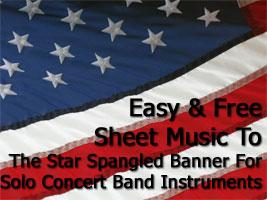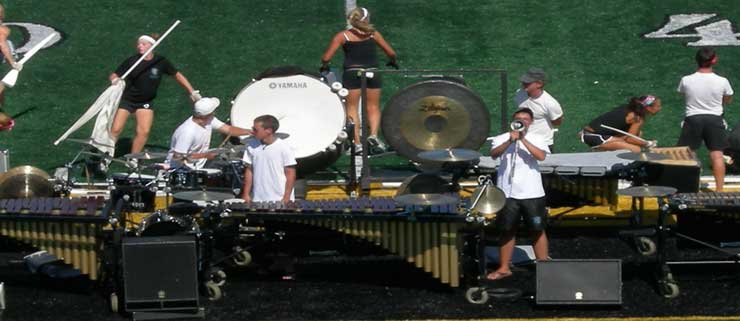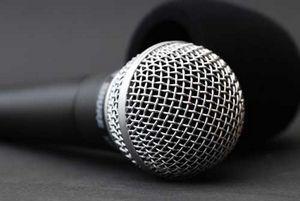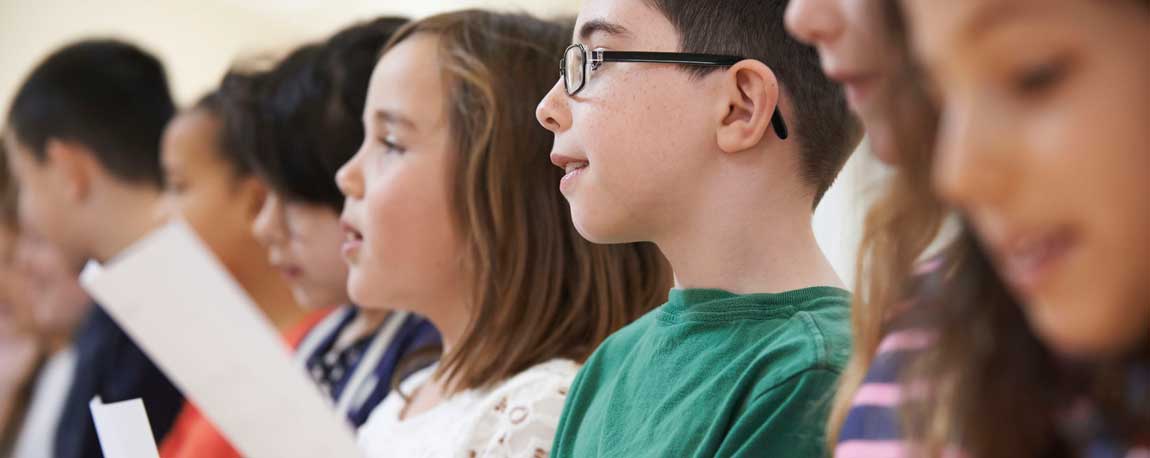.jpg) The origins of music notation and the concept of the duration of a musical note are rooted in the first tribal dances thousands of years ago. It is only recently that music notation evolved to the point of being written down in a commonly accepted format.
The origins of music notation and the concept of the duration of a musical note are rooted in the first tribal dances thousands of years ago. It is only recently that music notation evolved to the point of being written down in a commonly accepted format.
The origins of rhythm and modern music notation can be traced back almost to the dawn of modern civilization. It is true that writing down rhythms using a method similar to modern music notation is a fairly recent invention, the basic concepts of rhythm and verbal music notation have been around far longer. Tribal dances from even the earliest of civilizations evolved to use specific patterns and lengths of steps. These early rhythms can be visualized in the descriptive words "stomp","step", and "hop." "Stomps," were the longest length of time, roughly being equivalent to our modern whole note (four beats of the drum). "Steps," are likewise related to our modern half notes (two beats of the drum) and the "hop," would be a quarter note (one beat of the drum). Using combinations of these very basic rhythms and this verbal form of music notation ritual dances were created and passed down from generation to generation.
Verbal Music Notation Predates Traditional Written Notation
As these societies evolved a greater breadth of rhythmic diversity evolved as well. The simple "stomp-step-hop," subdivisions of the music were not enough to adequately reflect the more complex rhythm patterns that musicians began to use. As music notation transitioned into written form the various rhythms also took on new names and significance. By the middle ages the catholic church had made great advances in music notation and had settled on the following terminology:
Common Durations of Musical Notes With European and English Equivalents
semibreve - equivalent to the modern whole note
minim - half note - half as long as the whole note
crochet - quarter note - half as long as the half note
quaver - eighth note - half as long as the quarter note
semiquaver- sixteenth note - half as long as the eighth note
demisemiquaver - thirty-second note - half as long as the sixteenth note
While each of these rhythms signifies a specific length of sound, it also evolved that each of these notes also has a corresponding rest of the same length. A "rest" is the absence of sound for a specific length of time. Other additions to modern music notation include ties which combine the length of notes that are tied together with a curved line and dots which add additional time to the note it is attached to. Dots add half as much time to the note as the note itself. For example, a dotted half note receives three beats (two for the half note and one for the dot). A dotted quarter note receives one and one half beats (one for the quarter note plus one half of a beat for the dot).
The Future of Music Notation
The evolution of music notation and rhythm continues even today as do the many ways that we can notate this rhythmic information. In general the basic concepts of rhythm have remained unchanged for thousands of years. Today, thousands of years after early tribal humans created the basis of modern rhythm, "Stomp-Step-Hop" still drives the rhythm and dance of modern music and is still used as the basis of popular linedance rhythms .







 Scroll down to view the comparison chart of over a dozen different portable digital audio recorders.
Scroll down to view the comparison chart of over a dozen different portable digital audio recorders.